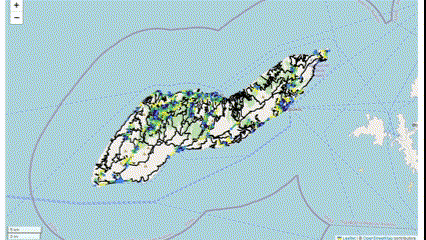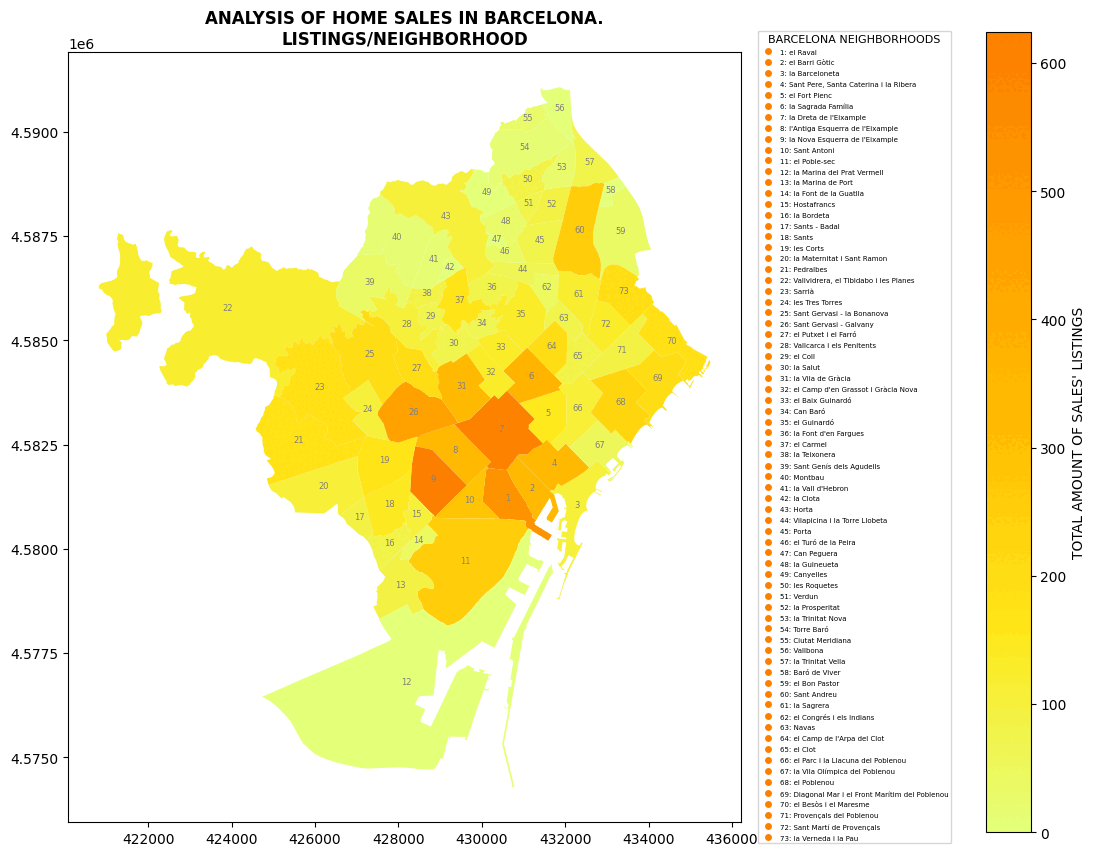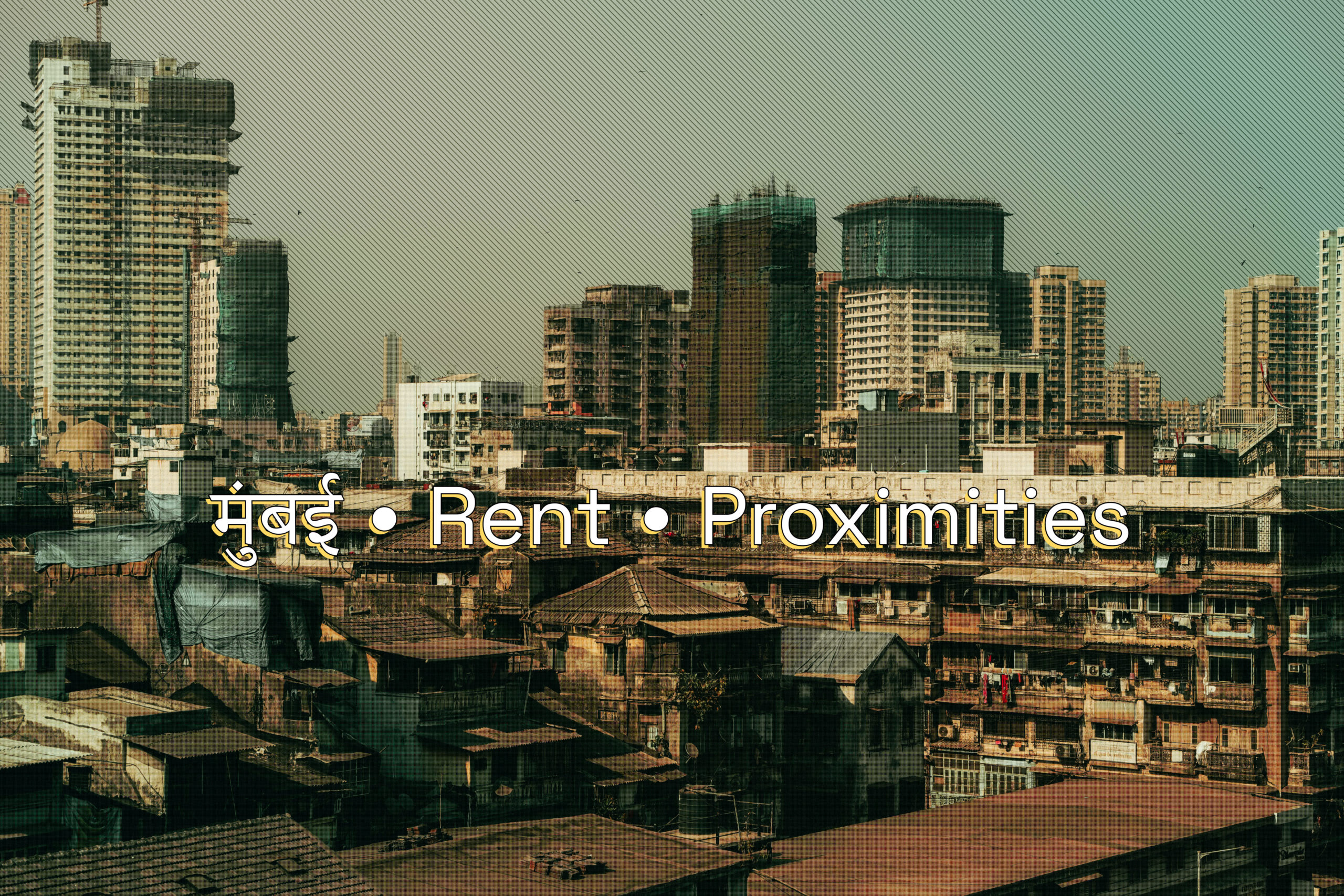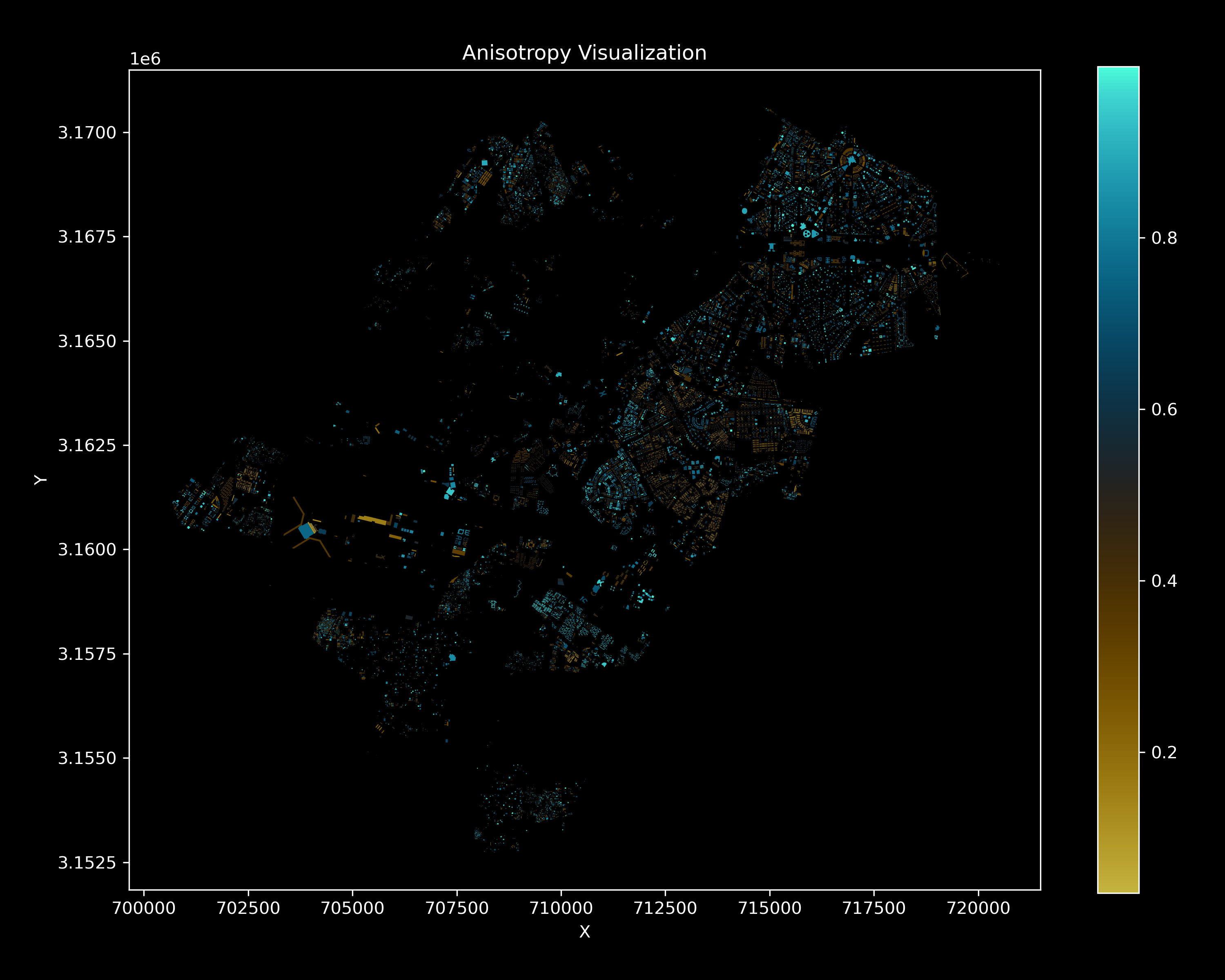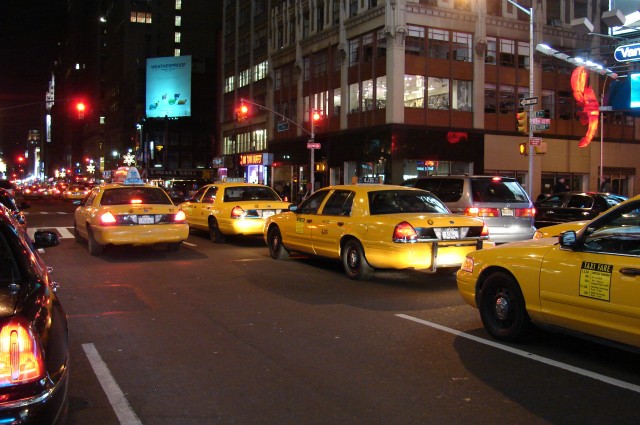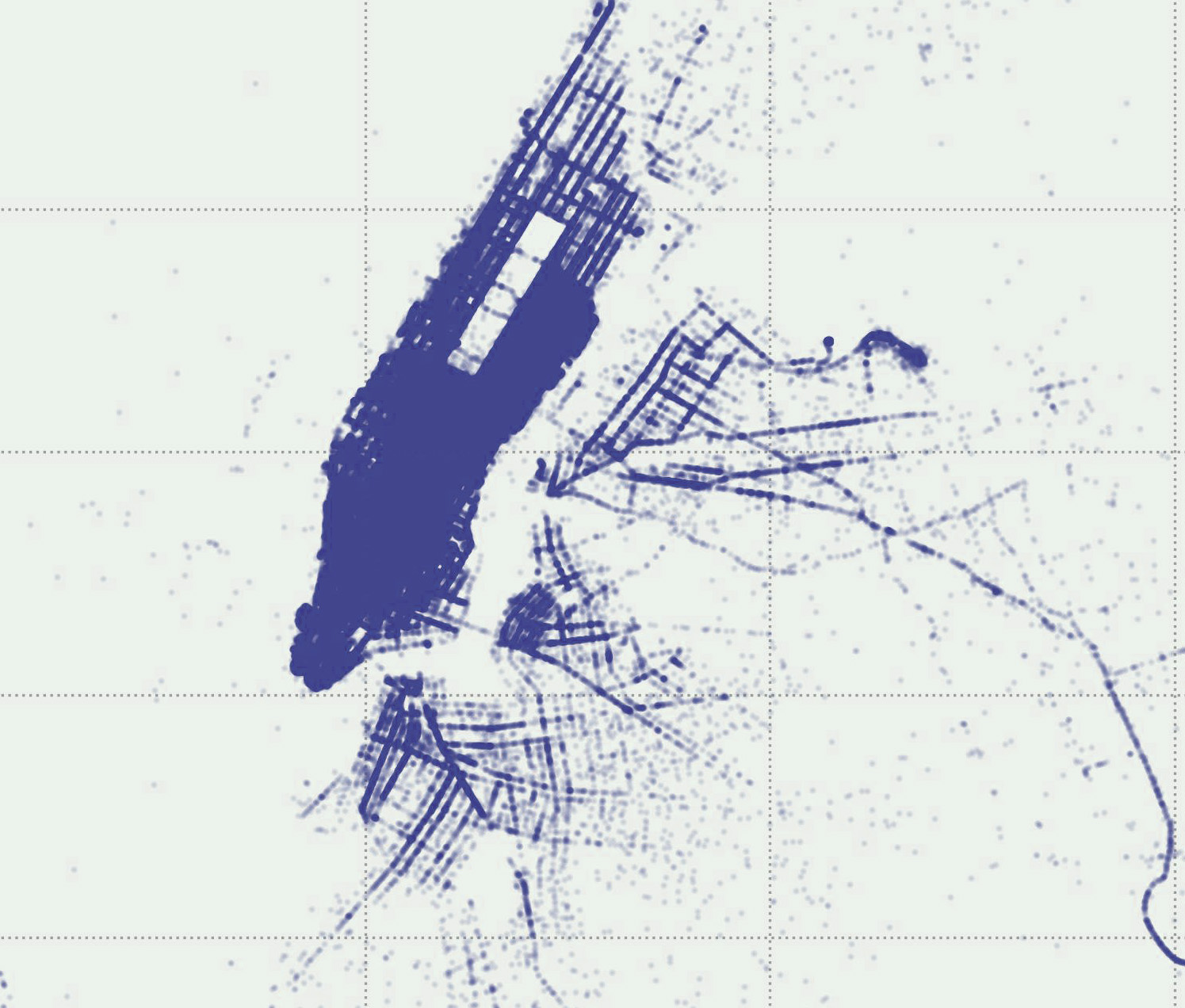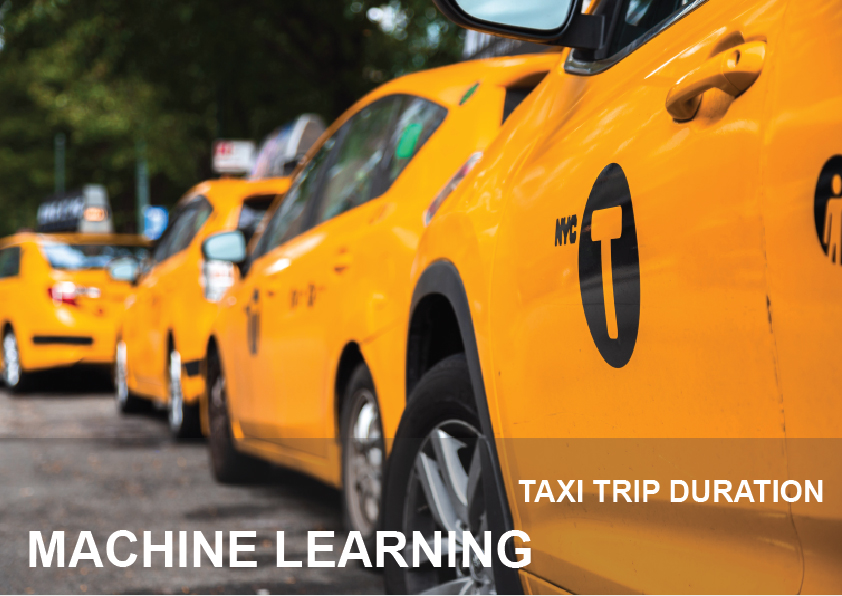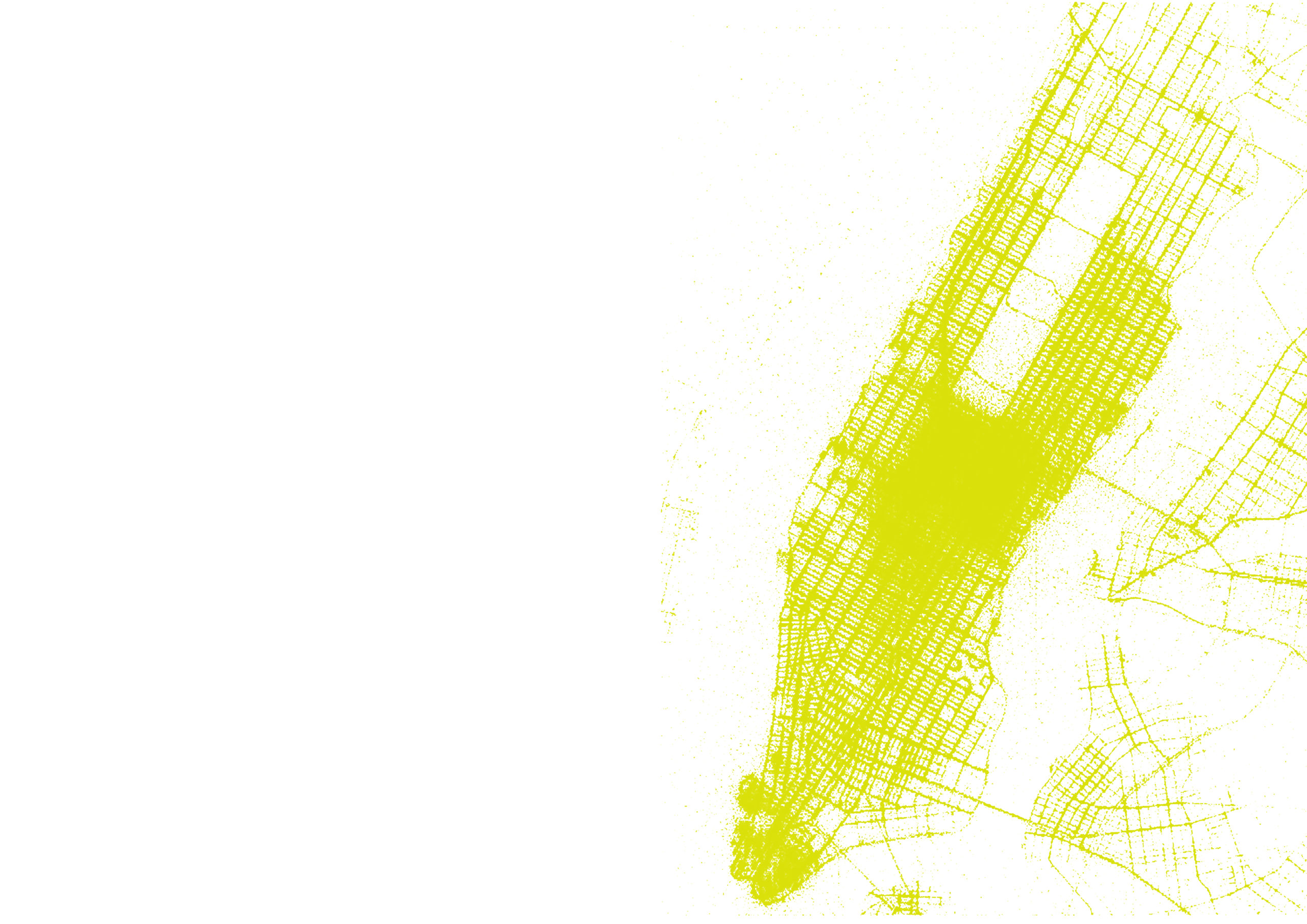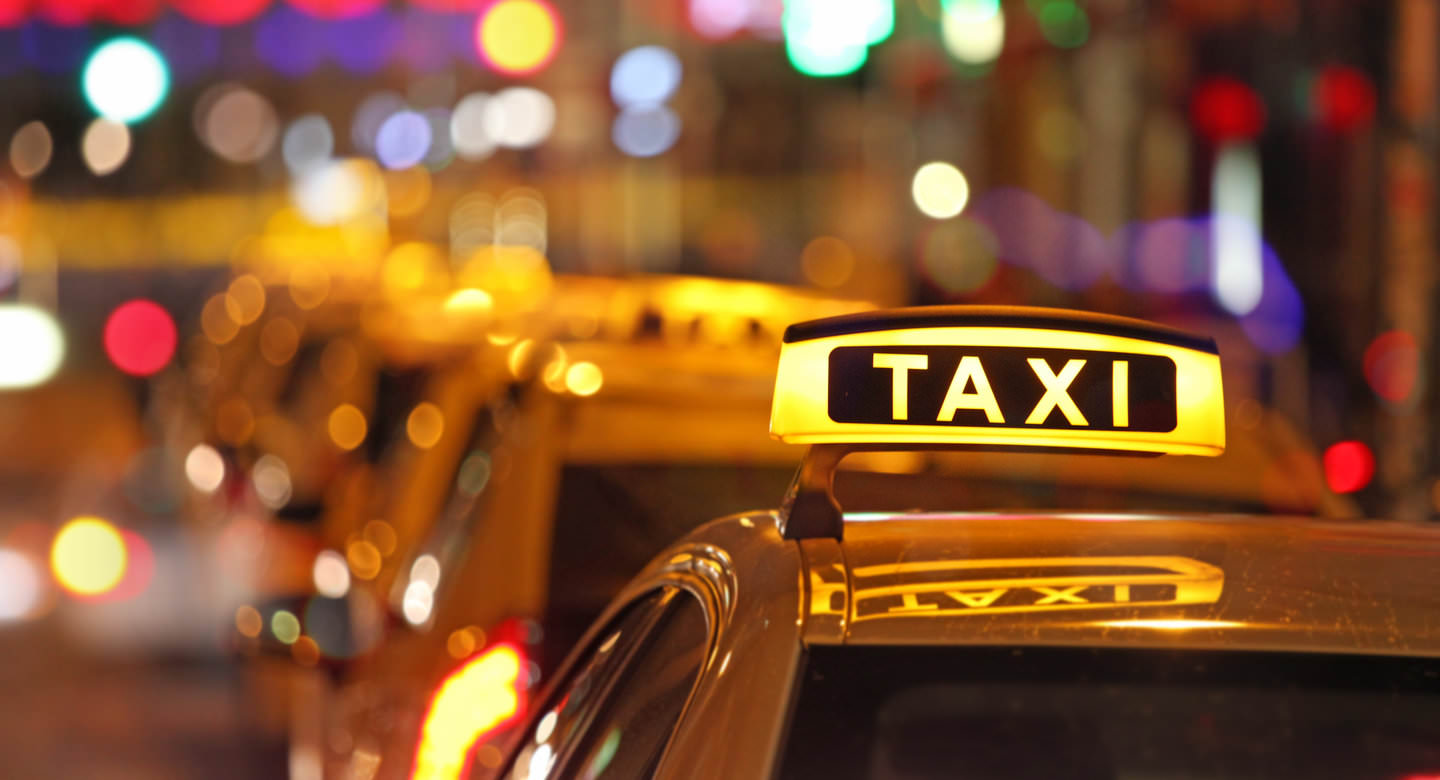The Secrets of the Blue Zones
Introduction The Netflix documentary “Live to 100: The Secrets of the Blue Zones” explores regions known for their high numbers of centenarians, focusing on lifestyle, diet, and culture over geographical aspects. Highlighting commonalities such as strong community ties, plant-based diets, and active living, it aims to inspire healthier lifestyle choices. Although it emphasizes the principles … Read more

